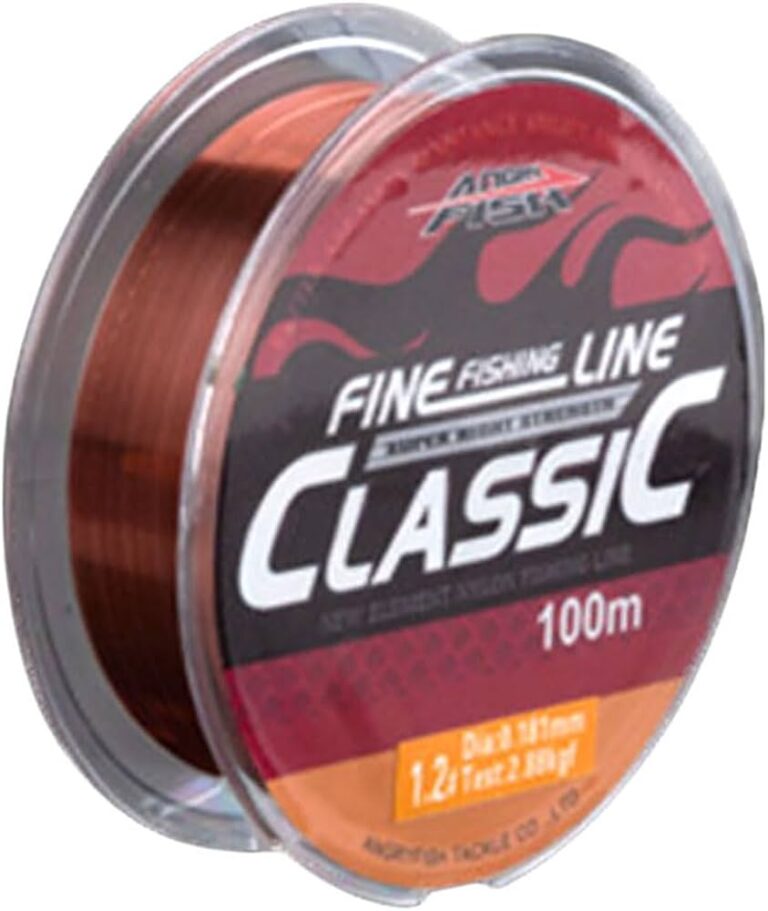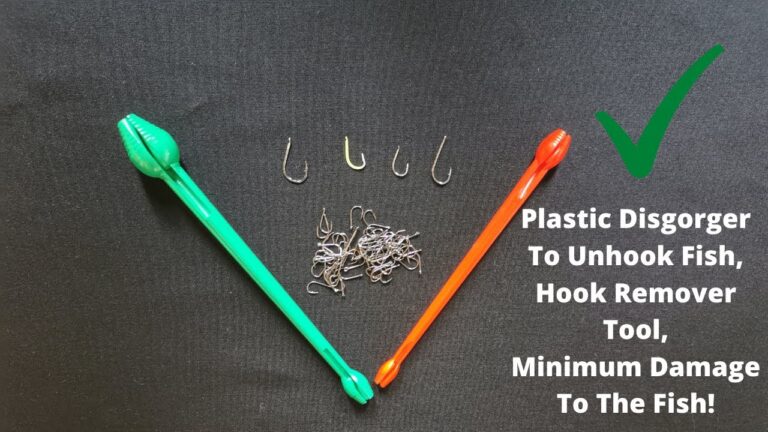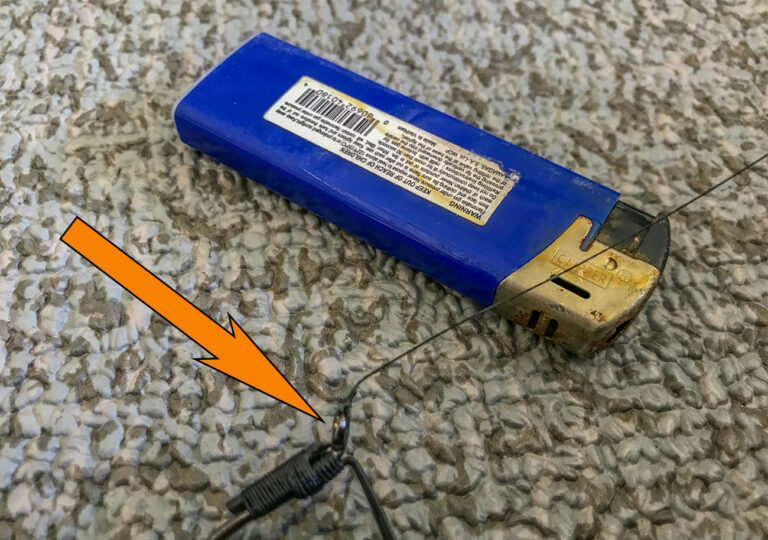How to Tie an Arbor Knot on a Baitcaster

To tie an Arbor Knot on a baitcaster, first wrap your line around the spool and tie an overhand knot around the standing line. Then, tie a second overhand knot at the end of the tag line to prevent slippage.
Anglers know that setting up their baitcaster with a secure Arbor Knot is essential before hitting the waters. This simple knot, designed to attach your fishing line to the spool of the reel, ensures that the line stays put during casting and retrieval.
The Arbor Knot’s ease and reliability make it a go-to for both seasoned and novice fishermen. Understanding how to properly tie this knot is a fundamental skill that can significantly impact your fishing success. With effective knot-tying techniques, you can avoid the frustrations of a slipping line, potentially saving you time and helping to land the big catch. Follow this quick guide to master the Arbor Knot and enhance your baitcasting proficiency.
The Arbor Knot: Essential For Baitcaster Reels
The Arbor Knot is crucial for securing fishing line to a baitcaster reel. It prevents the loss of lures and bait due to line slippage. Understanding the Arbor Knot ensures your setup is competitive and effective. This knot’s simplicity and strength make it a favorite among anglers.
Baitcaster reels offer superior control for both casting and reeling in fish. Their design allows for accurate casting at great distances. They also provide a mechanical advantage when battling larger fish. The Arbor Knot’s sturdy loop maintains the line’s integrity, enhancing these advantages.
Anglers find baitcasters ideal for heavy line work and jigging techniques. Their precision and power help with targeting specific locations. Strong knots, like the Arbor Knot, are indispensable tools for these scenarios.

Credit: www.youtube.com
Gathering The Supplies
To start your fishing adventure, selecting the best fishing line is crucial. Ensure you go for a line that matches the fish you’re after. Durability, stretch, and visibility under water are key factors to consider. Look at the pound-test rating (> 30 lbs for big fish).
For tying an Arbor Knot, you will need scissors or a nail clipper to cut the line. A lighter can be useful for sealing the end of the line. Patience and steady hands are also important!
Step-by-step Guide To Tying The Arbor Knot
The Arbor Knot is a must for baitcaster reels. First, make an overhand knot with your fishing line. This stops the line from slipping. Leave a tag end, about 6 inches long.
Next, wrap the line around the spool. This connects the line to your reel. Make sure it’s tight and secure.
Finally, tie another overhand knot. Place it at the end of the tag line. Pull both knots tight. Trim excess line. Now your Arbor Knot is complete and ready for action!

Credit: www.tiktok.com
Troubleshooting Common Mistakes
Arbor knots can sometimes slip on a baitcaster if not tied correctly. Adequate tightening is crucial to ensure that your knot stays intact. Remember to pull both ends of the line firmly after tying the knot. This helps to secure the knot properly around the spool.
To prevent line damage while tying an arbor knot, avoid pulling the line too hard against sharp objects. Always check the spool for any rough edges before tying the knot. A smooth surface is important to avoid line wear or cuts. If you notice any nicks or grooves, smoothen them out prior to tying your knot.
Practice Makes Perfect
Mastering the Arbor Knot is essential for a successful fishing experience. A secure knot ensures that your line stays attached to the reel’s spool. Regular practice is the key to tying this knot quickly and efficiently. Use a spare line to practice, so you don’t waste your main fishing line. Remember, a well-tied Arbor Knot prevents line slippage and lost catches.
For knot maintenance, inspect regularly. Re-tie after a big catch, after encountering snags, or when you notice wear. This habit ensures the line’s integrity and strength. Keep your fishing line in top condition with routine checks and tie the Arbor Knot with confidence.
Credit: www.netknots.com
Additional Knots For Baitcaster Enthusiasts
Understanding which knot to use can be crucial while fishing with a baitcaster. Various situations need different knots for the best results. Experts often have a few favorites that serve well in most scenarios.
Different fish species might require distinct techniques. It’s important to consider the line type, lure, and the fishing environment. For example, a Palomar knot is great for strength and works with most lures. On the other hand, an Improved Clinch knot is preferred for its ease and reliability.
Anglers should also think about water conditions. In clear waters, a discreet knot like the Trilene might be best. However, in rougher conditions, a sturdy San Diego Jam could be the go-to. Each knot has its place, and becoming skilled in multiple options will increase catch chances.
Frequently Asked Questions For How To Tie An Arbor Knot On A Baitcaster
How Do You Tie An Arbor Knot On A Baitcasting Reel?
Loop the line around the reel spool. Tie an overhand knot around the standing line. Make another overhand knot at the tag end. Pull the standing line to slide the first knot down to the spool. Tighten the second knot to secure.
How Do You Tie Off Line On A Baitcaster?
To tie off the line on a baitcaster, thread the line through the guide and wrap it around the spool. Secure it with an arbor knot, pull tight, trim excess line. Ensure the line lays evenly on the spool while reeling in.
How Do You Fix A Knot In A Baitcaster?
Stop the reel, then gently pull the line above the knot. Slowly turn the spool to loosen the knot. Use a thin object to pick the knot apart if needed. Reel and cast again to ensure smooth operation.
How Do You Tie An Anchor Knot On A Reel?
Thread the line through the anchor eye, then tie an overhand knot. Wrap the tag end around the standing line, pass it through the loop, and pull tight. Trim excess.
Conclusion
Mastering the arbor knot is essential for baitcasting success. With practice, this simple, reliable knot can be tied quickly, ensuring your fishing line is secure. Remember, a strong start with your arbor knot means a more enjoyable day casting and, hopefully, a great catch to show for it.
Happy fishing and tight lines!




